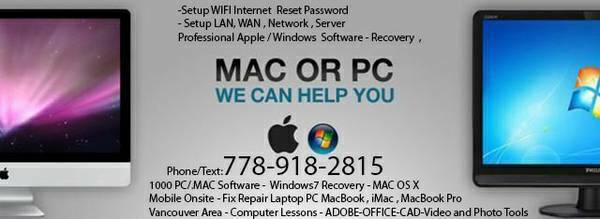
- MAC OS ZIP FILES WITH PASSWORD ZIP FILE
- MAC OS ZIP FILES WITH PASSWORD ARCHIVE
- MAC OS ZIP FILES WITH PASSWORD PASSWORD
To work around this, the remote deployment solution may be configured to call first a dummy script that in turn calls the removal tool without any extra arguments. Remote deployment solutions (Casper, JAMF, et al) that automatically populate shell script arguments ($1, $2, etc) with other data may cause the Symantec tool to throw an error. Any arguments they receive are each assumed to be potential installation points for Symantec products. Symantec provides support for SymantecRemovalTool/RemoveSymantecMacFiles only when running them locally it is the customer's responsibility to integrate SymantecRemovalTool with Apple Remote Desktop or other remote deployment tools.īoth of these tools require no arguments. For more information, please see the readme file included with the SymantecRemovalTool download. As with RemoveSymantecMacFiles, all files and folders that Symantec Mac products have created will be removed therefore, you will lose all files that reside in those folders, including any that you have created manually. It requires no user input when running as root. SymantecRemovalTool (SymantecRemovalTool.zip) is a modification to RemoveSymantecMacFiles, designed to be pushed out using customer's choice of remote deployment tool.

Double-click mand (if you do not display file extensions, it appears as RemoveSymantecMacFiles).Open the RemoveSymantecMacFiles folder.

NOTE: To use this tool, you must be logged in to the Macintosh with an Administrator account with a non-blank password.
MAC OS ZIP FILES WITH PASSWORD ARCHIVE
MAC OS ZIP FILES WITH PASSWORD ZIP FILE
For example, if you want the new protected zip file on your desktop type in cd desktop. Type in cd and the location where you want the protected file to be.
MAC OS ZIP FILES WITH PASSWORD PASSWORD

To download and run RemoveSymantecMacFiles: It removes all files and folders for ALL Symantec and Norton products for Mac, including any contents you have created yourself within those folders. WARNING: RemoveSymantecMacFiles does not target a single Symantec product.


 0 kommentar(er)
0 kommentar(er)
